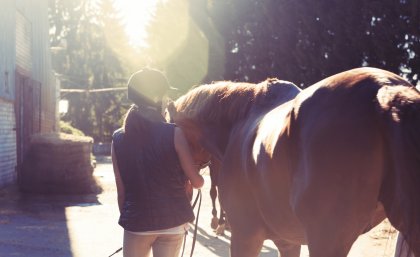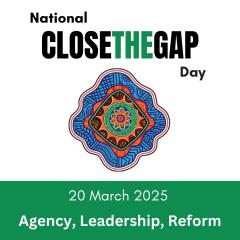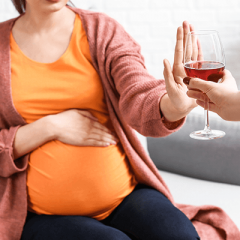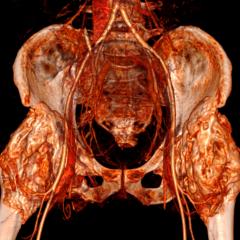A new study has recommended helmets should always be worn by children not only when riding horses but also when around

related trauma were female, and more
than a third of injuries involved children
aged 12 to 14 years.
horses, to reduce the risk of head injuries.
The research conducted by The University of Queensland’s Centre for Children’s Burns and Trauma Research Group is one of few recent comprehensive studies of paediatric horse-related trauma in Australia.
Lead author Dr Jane Theodore said the paper examined six years of data from patients with horse-related injuries at the Royal Children’s Hospital, which was Queensland’s only tertiary paediatric trauma hospital at the time.
“We looked at 187 incidents in children aged up to 16 years, and most resulted from falls while riding horses,” Dr Theodore said.
“Traumatic brain injury was the most common injury sustained, with riders who wore helmets having significantly less severe traumatic brain injuries and shorter stays in hospital compared with those who did not.”
Dr Theodore said there were more than 40 cases where children suffered non-riding injuries.
“In this group the majority were not wearing helmets, and of these more than a third sustained a traumatic brain injury.
“Children who undertake activities while handling horses, such as grooming, can be injured by horse kicks, being knocked down or trampled.
“Wearing a helmet in these instances may reduce the risk of acquiring a more severe traumatic brain injury.”
About 85 per cent of patients with horse-related trauma were female, and more than a third of injuries involved children aged from 12 to 14 years.
There were three deaths, and more than seven per cent of patients suffered permanent injuries to their brain, eyes, face and limbs.
Horse-related injuries tended to occur at home or other private residences, predominantly near metropolitan and regional locations.
Dr Theodore, who is now working within the Department of Surgery at Redcliffe Hospital, said the study also revealed the need for a horse-related injury pro forma in hospital emergency.
“This would prompt health professionals to record whether or not patients were wearing safety gear, such as helmets or body protectors,” she said.
“The data could be used for future studies on horse-related injury prevention in the paediatric population.”
The Centre for Children’s Burns and Trauma Research Group is part of The University of Queensland’s Child Health Research Centre.
The study is published in the Journal of Paediatrics and Child Health.
Media: Dr Jane Theodore, Jane.Theodore@health.qld.gov.au, 07 3883 7065; Bernadette O'Connor, bernadette.oconnor@uq.edu.au, 0431 533 209.



